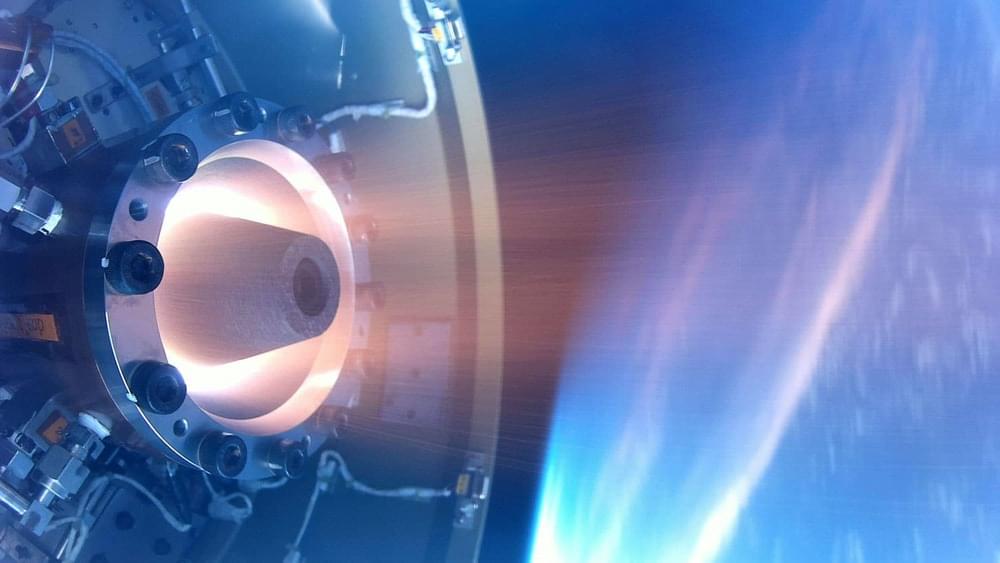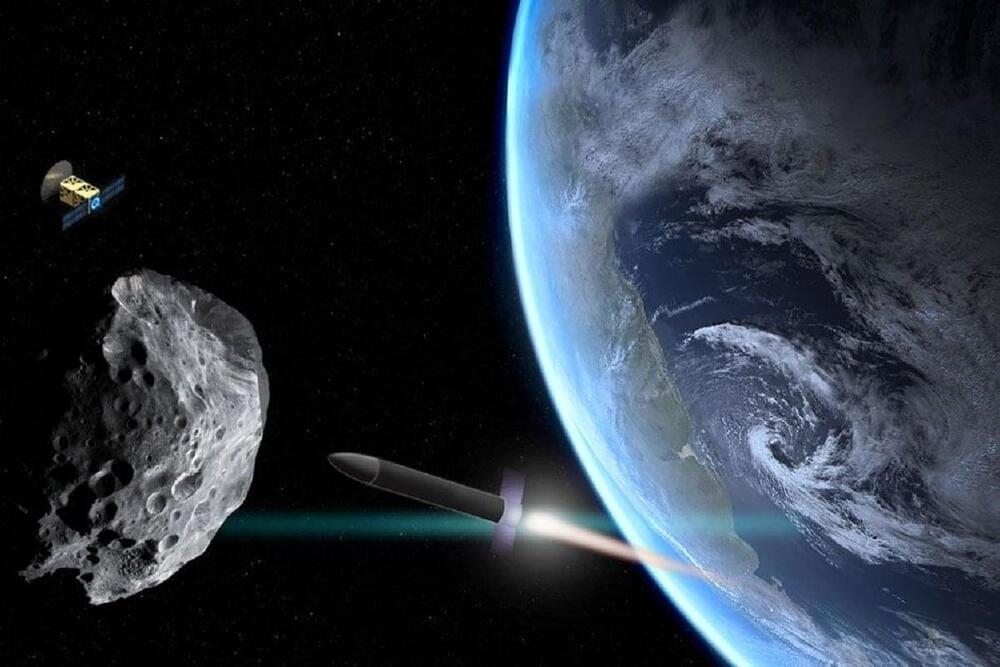SpaceX CEO Elon Musk says that there is a “slight error” with the current design of Starship’s forward flaps, necessitating a few small but visible changes on future prototypes of the spacecraft.
Measuring 9m (30 ft) wide and approximately 50m (~165 ft) from tip to tail, Starship is the combined upper stage, spacecraft, tanker, and lander of a two-stage, fully-reusable rocket with the same name. While SpaceX has a long ways to go to achieve it, the company’s ambition is for Starship and its Super Heavy booster to be the most easily and quickly reusable spacecraft and rocket booster ever built, nominally enabling the same-day reuse of both.
Beyond a Space Shuttle-style heat shield of blankets and ceramic tiles, the Starship upper stage is meant to achieve that reusability by descending through the atmosphere and landing unlike any other spacecraft, plane, or rocket ever flown. Instead of flying, gliding, or knifing through the atmosphere nose or tail-first, Starship freefalls perpendicular to the ground for the last few dozen kilometers (~10–20 mi) before aggressively flipping into a vertical orientation at the last second and landing propulsively on its tail. Now, according to Elon Musk, two of the four ‘flaps’ that largely make that exotic maneuver possible are set for a small but significant redesign.









